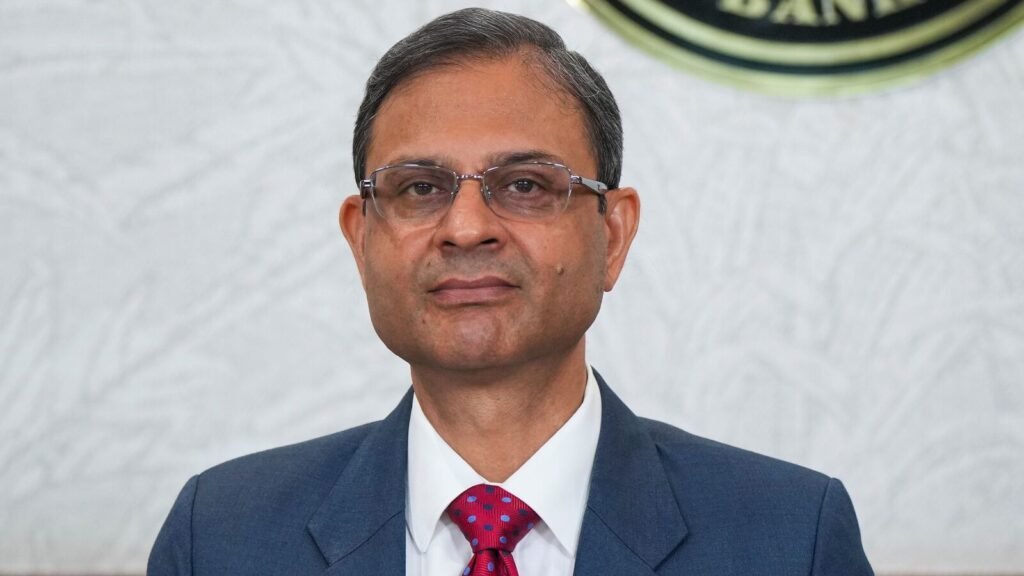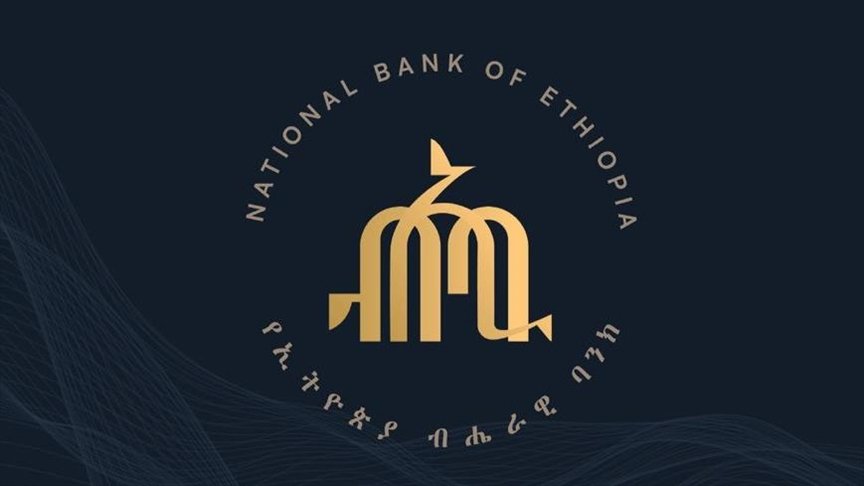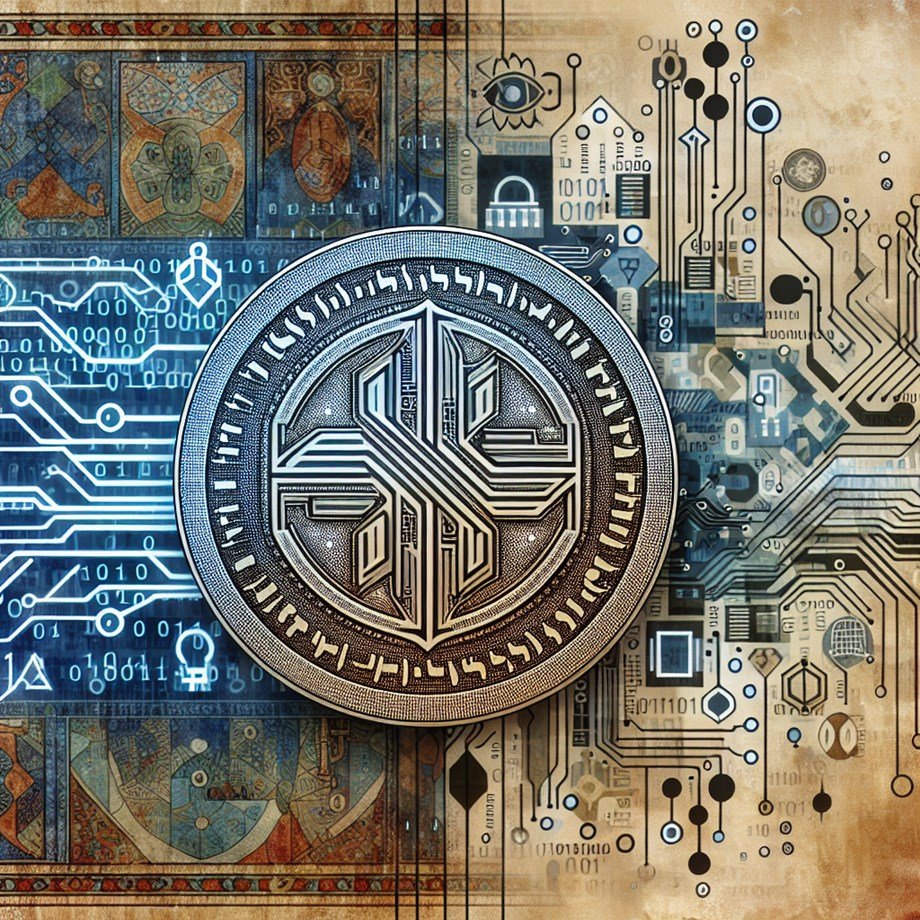With America’s sudden trade onslaught taking the world to the brink of commercial chaos, the economic outlook for India, like for other countries, has taken a turn for the worse. So, it is not surprising that the Reserve Bank of India’s (RBI) attention has turned decisively to supporting growth.
On Wednesday, its monetary policy committee (MPC) snipped the repo rate by a quarter-percentage-point to 6%, matching a cut made in February. Transmission willing, this should reduce the cost of credit and favour corporate investment as well as consumer spending. Alongside, the MPC shifted its policy stance to ‘accommodative’ from ‘neutral,’ paving the way for its policy rate to either go lower or stay at its current level.
Also Read: The MPC’s decision is the first scene of a whole new tariff-driven drama
While RBI’s February cut was the first since its post-pandemic inflation fight, its stance revision of 9 April confirms a monetary policy pivot towards fuelling growth. This was also the day that US ‘reciprocal tariffs’ were to kick in, which partly explains why the risk of India’s economy slowing was judged to outweigh that of inflation heating up. Those tariffs have set the stage for an ugly US clash with its major trade partners, particularly China, which will make global shipments shudder and could send the global economy into a tizzy—or worse.
Governor Sanjay Malhotra’s speech was laden with mentions of uncertainty for good reason.
Though India’s domestic orientation acts as a shield, our global integration since 1991 exposes us to shocks via various channels. A highly likely growth hit is reflected in RBI’s 2025-26 forecast, which has dropped to 6.5% from 6.7%.
Its shelf-life may be short.
Also Read: RBI Policy: Domestic growth takes priority amid global uncertainties
Scenarios exist in which growth could worsen, especially if tariffs turn more than the high seas choppy. There may be some trade gains to be made too, since India’s tariff blow is milder than what some rivals confront, but that’s speculative right now.
Meanwhile, inflation has cooled and was last reported to be under RBI’s 4% target. The central bank now expects it to average 4% this fiscal year, a tad lower than its February projection. If it does, the idea of inflation targeting could claim an impressive victory. From farm output to rainfall estimates, the usual factors of homegrown price instability look benign at this point. Also, crude oil prices have dropped sharply to around $60 per barrel, thanks to a demand slowdown on the horizon.
RBI’s moves are consistent with India’s fiscal policy aim of securing a demand boost through a tax stimulus. If it faces a policy conundrum up ahead, it is likely to be on the currency front. The Chinese yuan has weakened notably amid the current trade war, and if it gets weaponized further by Beijing, our relative competitiveness in some export markets may suffer.
Also Read: Trump risk: The rupee could get caught in the crossfire of a currency
On the other hand, given America’s push for better balanced trade, we could expect high US sensitivity to all exchange-rate movements. RBI’s policy of a ‘managed float,’ by which it intervenes in the forex market not to peg the rupee but to minimize volatility, will therefore need careful calibration.
Given today’s fast-evolving context, an open currency war cannot be ruled out. Unless resolved, tariff hostilities between the US and China could create sufficient trade turmoil for its ripple effects to shake others’ currencies. While steep tariffs are the front-end of what the US portrays as its ‘liberation’ thrust, back-burner issues like ‘currency manipulation’ may also get raked up. The RBI governor’s job looks set to get ever more complex.







